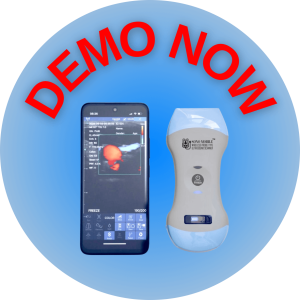Mobile ultrasound offers significant advantages in cardiology, enhancing diagnostic capabilities, treatment planning, and patient management. Here are key ways mobile ultrasound helps in cardiology:
- Real-Time Cardiac Assessment: Mobile ultrasound allows for immediate assessment of cardiac function, including ejection fraction, wall motion abnormalities, and valvular function, enabling rapid decision-making.
- Point-of-Care Echocardiography (POCUS): Cardiologists can use POCUS for bedside evaluation of patients with acute symptoms such as chest pain, shortness of breath, or syncope, facilitating quick diagnosis and treatment initiation.
- Evaluation of Cardiac Structures: Mobile ultrasound provides detailed images of cardiac structures, helping to diagnose conditions such as cardiomyopathies, pericardial effusion, and congenital heart defects.
- Guidance for Interventional Procedures: Ultrasound can guide various interventional procedures, including pericardiocentesis, and catheter-based interventions, improving accuracy and safety.
- Monitoring of Chronic Conditions: Cardiologists can use mobile ultrasound to monitor patients with chronic heart conditions such as heart failure, tracking changes in cardiac function and guiding treatment adjustments.
- Stress Echocardiography: Mobile ultrasound can be used for stress echocardiography to evaluate myocardial ischemia and assess coronary artery disease, providing valuable information for treatment planning.
- Assessment of Vascular Health: Ultrasound can assess the health of major blood vessels, including the aorta, carotid arteries, and peripheral arteries, helping to diagnose conditions like aortic aneurysm and peripheral artery disease.
- Evaluation of Fluid Status: Ultrasound can assess volume status and detect signs of fluid overload or dehydration, aiding in the management of heart failure and other conditions that affect fluid balance.
- Detection of Thrombi and Emboli: Mobile ultrasound can detect intracardiac thrombi, valve vegetations, and other sources of emboli, crucial for preventing stroke and other complications.
- Education and Training: Mobile ultrasound units can be used to educate and train cardiology fellows and other healthcare providers, enhancing their skills in cardiac imaging and procedural techniques.
- Enhanced Patient Accessibility: Mobile ultrasound devices can be used in various settings, including outpatient clinics, emergency departments, and even home visits, improving access to cardiac care for patients who might have difficulty traveling to specialized centers.
- Cost-Effectiveness: Mobile ultrasound is generally more affordable than other imaging modalities like CT or MRI, providing a cost-effective solution for cardiac imaging and monitoring.
- Non-Invasive and Safe: Ultrasound is a non-invasive, radiation-free imaging modality, making it suitable for repeated use in monitoring cardiac conditions over time.
- Telemedicine and Remote Consultations: Mobile ultrasound can be integrated with telemedicine platforms, allowing cardiologists to perform remote consultations and provide real-time guidance during ultrasound exams conducted by other healthcare providers in distant locations.
- Assessment of Heart Function Post-Intervention: After procedures like stent placement, valve replacement, or ablation, mobile ultrasound can be used to assess the success of the intervention and monitor for complications.
By leveraging the capabilities of mobile ultrasound, cardiologists can improve diagnostic accuracy, enhance patient care, and streamline the management of various cardiac conditions, ultimately leading to better patient outcomes.



